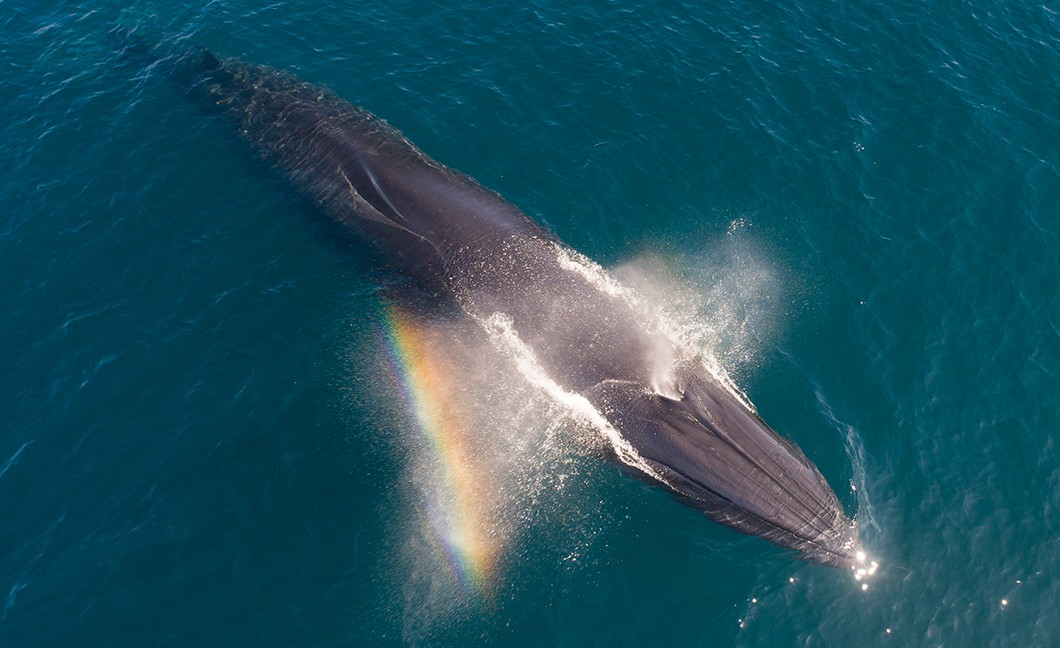
6 Ways to Have Your Mind Blown by Whales
The whales are back! Our migratory families of humpback whales are here at Islas Secas, and we’re expecting to see huge numbers again this season. Here’s why seeing them at Islas Secas is a life-changing experience…
1) A Truly Unique Location
Panama’s beautiful Gulf of Chiriquí, home to Islas Secas, is the only place on the planet that is known to host two entirely separate populations of migrating humpback whales. One comes down from the northern hemisphere in December, while the second population comes up from the south in June/July. If you’re very lucky, you can even see the two populations mingle. 2024 is our 19th year of scientifically monitoring the migratory whales; last year, our surveys sighted 143 groups of whales, while 117 individual whales were photo-identified.

2) Babies A-Go-Go
Our protected waters are a well-documented calving ground, with at least 50% of the visiting whales having a calf. They are born in our warmer waters before returning with their mothers to cooler feeding areas. That means not only are you very likely to watch whales in season at Islas Secas, but chances are they will be accompanied by a (very adorable) calf.

3) See Whales From Your Bed
We are blessed with some of the world’s best land-based whale-watching. That means you can catch glimpses of them breaching and blowing from the comfort of your Casita or while you’re enjoying lunch at Terraza. We’ve also added lookout points from our on-island trails, so wherever you are, you can gaze out and have the chance of seeing these magnificent creatures.

4) Expert-led Encounters
Get closer to our visiting giants on our sustainable, sensitive whale-watching trips with resident naturalist Beny. We follow strict guidelines, allowing breathtaking encounters without disturbing the whales. You might even get to experience a hydrophone, where we stop and listen in on the whales’ mysterious songs – all part of a glorious Marine Safari in Panama.

5) Make a Difference
We’re proud of our scientific research – and you can join in. Just take a picture of a whale’s “fluke”, or tale, and we can then share it through the HappyWhale app, allowing scientists around the world to share data and track whales. This is just one way that we’re encouraging our guests to take part in our citizen science projects.

6) Protect Whales Just by Being Here
We are proud custodians or our islands and their surrounding waters, which have some of the strictest protection measures in Central America. 2023 saw these regulations strengthened with a new fishing decree that restricts commercial fishing in the Gulf of Chiriquí, including the use of damaging gillnets and trawlers, making a Marine Safari at Islas Secas even more special. This includes safeguarding the migratory routes for humpback whales.












